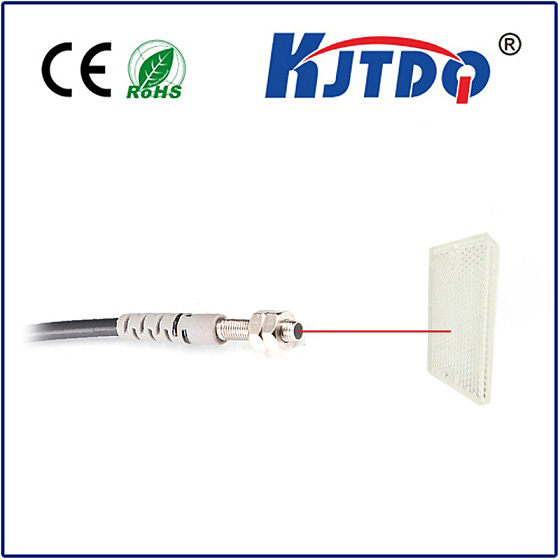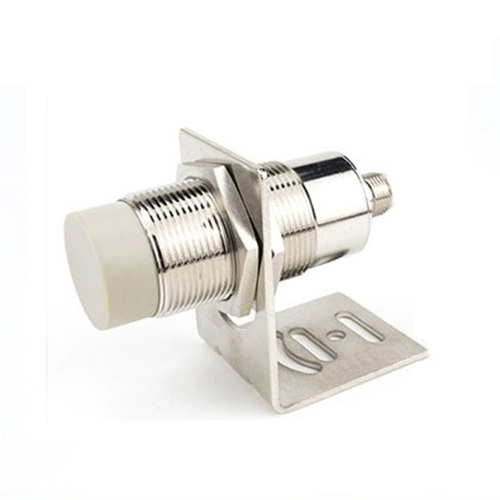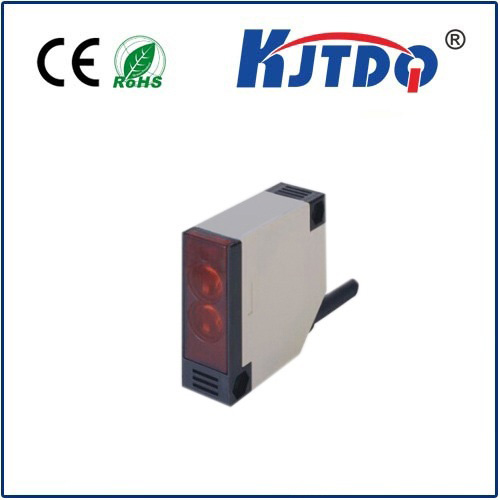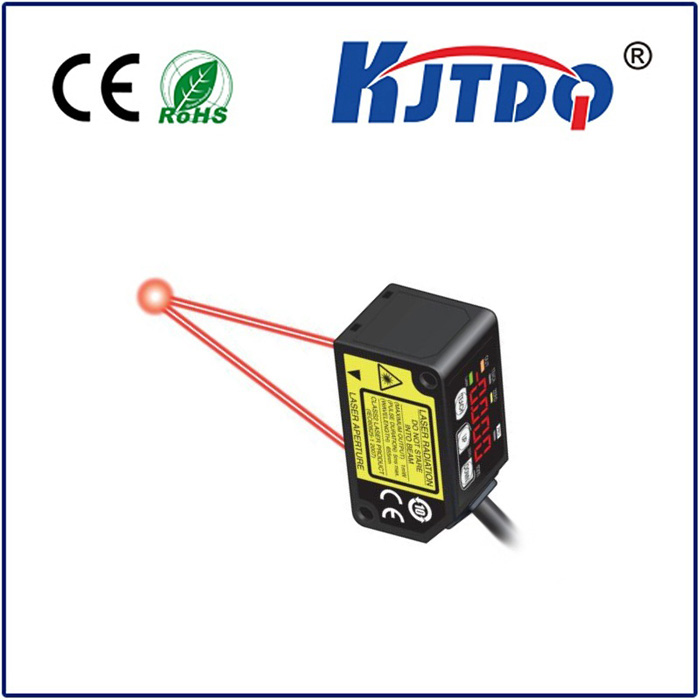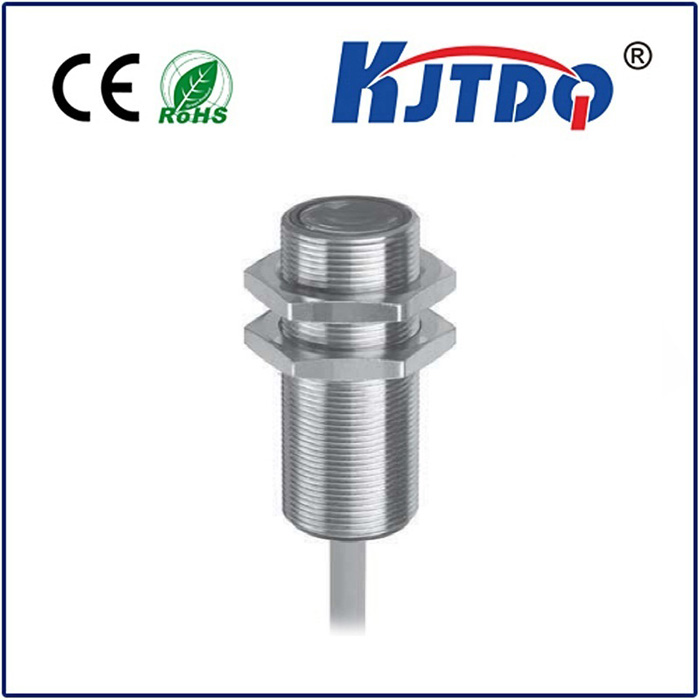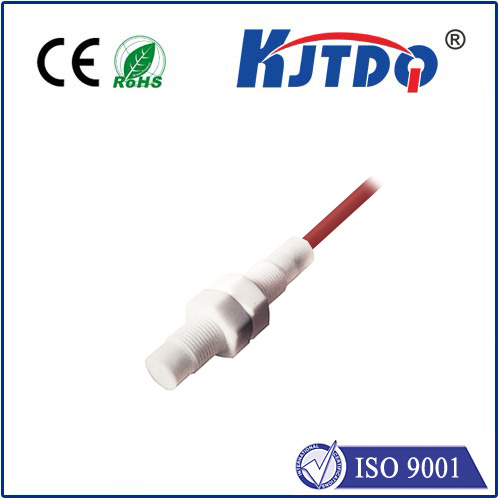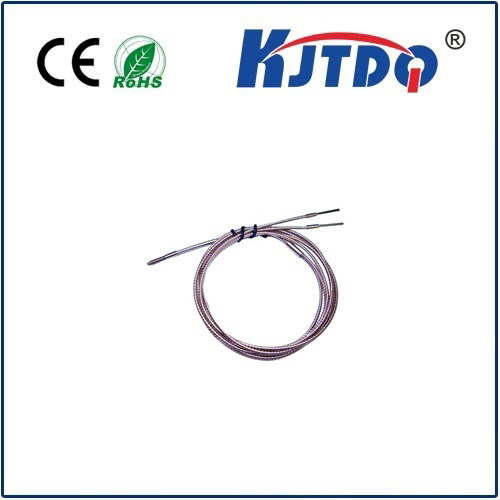Фотодатчик подавления фона
- time:2025-09-11 00:47:41
- Нажмите:0
Mastering Object Detection: The Power of Background Suppression Photoelectric Sensors
Imagine an automated packaging line: bottles whizzing down a conveyor, each needing precise labeling. A standard photoelectric sensor might struggle if the shimmery silver background behind the bottles reflects light unpredictably. It could miss a bottle or trigger falsely, causing costly errors. This is where the Фотодатчик подавления фона (often shortened to BGS sensor) becomes the indispensable solution, delivering unparalleled reliability in challenging detection scenarios.
Beyond Simple Presence: Understanding the Challenge
Conventional photoelectric sensors excel at confirming if something is present within their sensing field. However, they often lack the intelligence to differentiate between the target object and whatever lies behind it – the background. This background could be another conveyor belt section, a support beam, a contrasting color, or highly reflective material like metal or foil. Standard diffuse sensors measure light intensity bouncing back: bright enough? Object present. Darker? No object. But what if the background reflects more light than the dark target object? Or vice versa? False triggers or missed detections become frustratingly common, limiting automation potential.
The BGS Breakthrough: Intelligent Distance Discrimination
The core innovation of a background suppression photoelectric sensor lies in its ability to measure the distance to the object reflecting its light beam, not just the intensity. This technology, typically using triangulation, fundamentally changes detection accuracy:

- Light Emission: The sensor emits a focused beam of light (usually visible red or infrared).
- Triangulation Principle: The reflected light hits a position-sensitive receiver inside the sensor (commonly a CMOS array or similar). Crucially, the position where the light lands on this receiver correlates directly with the distance the light traveled to reflect back.
- Suppression Beam Definition: Users configure the sensor to ignore reflections coming from beyond a specific set distance – the “suppression beam” setting. This establishes the virtual plane defining the “background.”
- Intelligent Processing: The sensor’s internal electronics continuously analyze the position of the reflection spot:
- Spot Position A (Closer): Indicates reflection from an object within the desired detection zone. Object Detected!
- Spot Position B (Farther): Indicates reflection from the background beyond the suppression distance. Suppressed – No Detection.
This principle allows BGS sensors to reliably detect objects based on their position relative to the background, largely independent of their color, texture, or reflectivity compared to that background.
Why Choose Background Suppression? Key Advantages
Integrating BGS sensors offers significant operational advantages:
- Superior Performance Against Challenging Backgrounds: This is their raison d’être. They excel where standard diffuse sensors fail – contrasting or highly reflective backgrounds pose little threat to reliable detection.
- Color Independence: Dark objects on dark backgrounds? Light objects on light backgrounds? Generally, within its operating range, a BGS sensor detects based on distance, not color contrast, vastly simplifying application setup.
- Consistent Detection of Varied Surfaces: Whether detecting matte cardboard boxes, glossy plastic bottles, metallic cans, or transparent glass, the focus on distance often yields more consistent results than reflectivity-based sensors.
- Constant Detection Range: Unlike standard diffuse sensors, whose range can fluctuate significantly with object color, BGS sensors maintain a relatively constant sensing distance across different object colors and materials (within physical limitations). This predictability is crucial for precise positioning tasks.
- Fixed-Focus Precision: Many BGS sensors utilize a sharply focused beam. This creates a clearly defined, small spot detection zone, enabling detection of very small objects or precise positioning applications where accuracy is paramount.
Where BGS Sensors Shine: Real-World Applications
The unique capabilities of BGS sensors make them ideal across numerous industries:
- Packaging & Filling: Detecting bottles/cans on moving conveyors regardless of background color or shine; verifying the presence of caps or labels; detecting filled levels in transparent containers against complex backdrops.
- Automotive Manufacturing: Ensuring precise part positioning during assembly; verifying component presence before welding/joining; detecting parts on pallets or within complex jigs.
- Material Handling & Logistics: Identifying boxes on conveyor belts against roller backgrounds; detecting pallets regardless of underlying floor color or texture; presence sensing on elevators or lifts.
- Electronics Assembly: Verifying placement of tiny components on PCBs; detecting the presence of heat sinks or connectors; ensuring precise positioning of delicate parts.
- Print & Paper Processing: Detecting sheets or stacks against rollers; end-of-roll detection on paper machines; verifying label placement on substrates.
- Machine Safety: Used as part of guarding systems where precise positioning or detection near defined backgrounds is required.
Selecting and Using Your BGS Sensor Effectively
To maximize the benefits of a background suppression sensor, consider these factors:
- Required Sensing Distance: Choose a sensor whose specified range accommodates your required object-to-sensor gap. Remember, the suppression setting defines the background plane within this range.
- Object Size & Properties: While color-independent for detection, very small objects or those with exceptionally low reflectivity might require specific sensor models. Highly transparent objects (like clear glass) can still pose challenges.
- Background Distance and Nature: Ensure the background is consistently beyond the suppression distance setting achievable by the sensor. Erratic backgrounds closer than the suppression point can still cause issues.
- Operating Environment: Consider temperature extremes, dust, moisture, or cleaning chemicals, ensuring the sensor’s IP rating and construction materials are suitable. Optical surfaces need to be kept clean.
- Setup is Crucial: Take advantage of the teach-in function. Properly teaching the suppression distance while the background is visible and the target is absent is paramount for reliable operation.
Conclusion (Not needed per brief - streamlining flow)
For engineers and integrators seeking robust object detection in demanding environments, the background suppression photoelectric sensor stands as a critical enabling technology. By intelligently leveraging triangulation and sophisticated signal processing, it overcomes the limitations of conventional sensors when backgrounds are complex, reflective, or closely situated. Understanding the distance-based detection principle unlocks the potential for significantly enhanced accuracy, reliability, and efficiency across a vast spectrum of industrial automation applications. Investing in the right BGS sensor translates directly into fewer production errors, reduced downtime, and a smoother, more intelligent operation.

